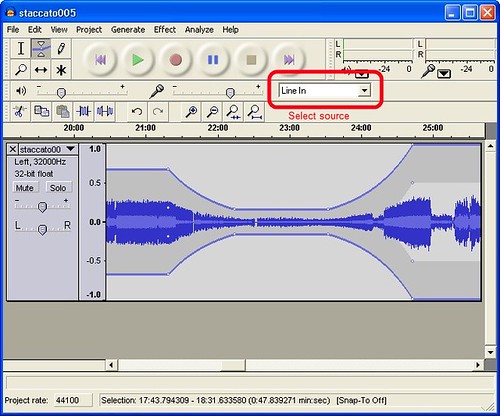The hunt for a Twitter client
I hadn’t jumped on to the Twitter bandwagon for a while. I’m not much of a conversationalist, nor am I a very sociable. I also tend to stay away from social networks. But I figured I would try Twitter out for a while, mostly because it’s an outlet for short comments. For long articles, I have my blog. For sharing links, I have Google Reader and del.icio.us. I don’t quite have anything for that occasional moment when I want to say, "Hey! A great way to shred mint leaves is to freeze them!"
The question is what client to use. I wanted something free, portable and featherweight (as in lighter than lightweight: no additional memory usage.)
SMS is the classic Twitter channel. But I don’t like being bothered by SMS messages often. Besides, it’s not free. So that’s out.
The next best would be e-mail via my BlackBerry. The problem is, Twitter doesn’t accept tweets via e-mail. So when looking for alternatives, I found Identi.ca, which is even better than Twitter except for the fact that it doesn’t have Twitter’s user base. Anyway, it accepted e-mail, so that was fine.
On the desktop, the browser is the obvious choice. But somehow, going to the Twitter home page and typing out a tweet felt so… Web 1.0. I didn’t fashion installing a client just for tweeting, like Twhirl. The closest was instant messenger software. Since Identi.ca accepts messages via XMPP, I could install Google Talk and send messages via instant messenger.
That worked for a couple of weeks. Then I pulled out. Instant messenger has the disadvantage of making you accessible, and I honestly don’t have the time. Plus, I don’t fancy running apps persistently, not even something as light as Google Talk. So back to square one.
In the meantime, I was having another problem with sending updates via BlackBerry. My corporate mails have a HUGE disclaimer attached to them. Doesn’t make sense to have 140 character message followed by a 940 character disclaimer. I’d have to get rid of those anyway.
After a bit of digging around, I came across mail handlers. I can write a program on my server to handle mails. So I wrote one that strips out the disclaimer and forwards it to my identi.ca e-mail ID. (Now I’ve modified it to use the API.) So that solves my mobile twittering problem.
It also solves my cross-posting problem. I maintain a twitter.com/sanand0 and an identi.ca/sanand0 account and keep them updated in parallel. My mail handler updates the post on both services.
As for the desktop, I have the best solution of all. I use the browser address bar to twitter. I’ve created a keyword search with the keyword "twitter" with is keyed to a URL like http://www.s-anand.net/twitter/%s. So if I say "twitter Some message" on the address bar and press enter, it contacts the server, which updates Identi.ca and Twitter using the API.
Of course, you don’t really need to do that to update Twitter. Just create a keyword search with a keyword "twitter" and a URL http://twitter.com/home?status=%s, and you’re done. Remember: you can create keyword searches in Internet Explorer as well (read how). With this, you can update twitter from the address bar by just typing "twitter your message goes here".
Anyway, that was a long-winded way of saying just two things.
- Mail handlers are cool.
- Keyword searches let you update Twitter from the address bar using the URL
http://twitter.com/home?status=%s


















































